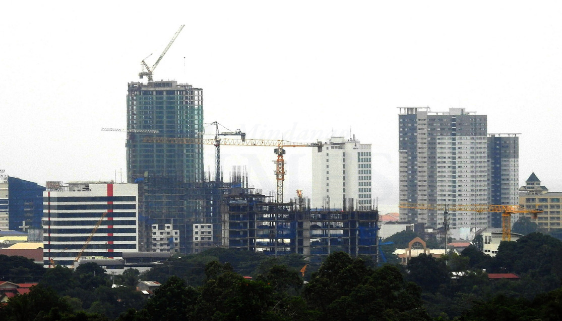- Region XI’s economy grew 6.7% in 2023: PSA XI
DAVAO’s economy expanded by 6.7% in 2023, joining the elite club of trillion-peso economies like the NCR, Calabarzon, Central Luzon, Central Visayas, and Western Visayas.
In a news conference on the 2023 Economic Report last Apr. 25, Philippine Statistics Authority XI officer-in-charge Randolph Anthony Gales noted that all industries were net positive last year, Gross Regional Domestic Product (GRDP) and Gross Regional Domestic Expenditure (GRDE).
“Other services, which include Arts, Entertainment, and Recreation recorded the fastest growth among industries at 21.5 percent. It was followed by Accommodation and food service activities with 16.9 percent and Transportation and storage with 13.2 percent,” Gales stated.
The positive growth in the transportation sector was not limited to the impact of high and unstable global oil prices for the first quarter of 2023, but also to the robust tourist arrivals and transport utilization in the region.
“The biggest share of our transportation and storage is land transport with 47.7% with a growth of 5.8%, followed by air transport with 3.8% growth, and water transport with 5.8%,” he added.
The report also highlighted that “of the 1.02 trillion pesos economy of Davao Region in 2023, Services accounted for 60.9 percent or about 620.08 billion pesos. Industry shared 24.6 percent or 250.94 billion pesos, while Agriculture, forestry, and fishing had the least share with 14.5 percent or 147.18 billion pesos.”
More support for agri sector
With the agriculture sector’s results in 2023, Mario Realista, NEDA XI chief economic development specialist, pointed out the need “to support local farmers and products for the sector’s growth and to secure food security in the region.”
PSA XI expenditure and integrated accounting division officer-in-charge Anthony Abalos also stressed that the unpredictable agricultural prices in the market, are the main cause for the agriculture’s low growth rate.
However, NEDA XI regional director Priscilla Sonido said, “The performance (agri sector) calls for more strategic investments toward increasing agricultural productivity.”

